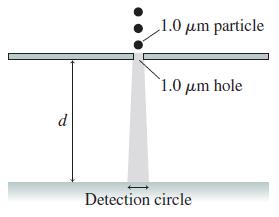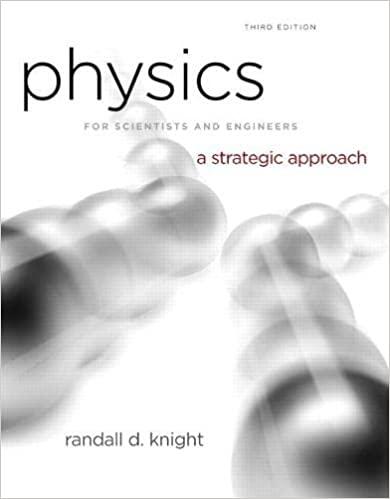Figure CP 39.47 shows 1.0-m-diameter dust particles (m = 1.0 10 -15 kg) in a vacuum
Question:
Figure CP 39.47 shows 1.0-μm-diameter dust particles (m = 1.0 × 10-15 kg) in a vacuum chamber. The dust particles are released from rest above a 1.0-mm-diameter hole, fall through the hole (there’s just barely room for the particles to go through), and land on a detector at distance d below.

a. If the particles were purely classical, they would all land in the same 1.0-μm-diameter circle. But quantum effects don’t allow this. If d = 1.0 m, by how much does the diameter of the circle in which most dust particles land exceed 1.0 μm? Is this increase in diameter likely to be detectable?
b. Quantum effects would be noticeable if the detection-circle diameter increased by 10% to 1.1 μm. At what distance d would the detector need to be placed to observe this increase in the diameter?
Step by Step Answer:

Physics For Scientists And Engineers A Strategic Approach With Modern Physics
ISBN: 9780321740908
3rd Edition
Authors: Randall D. Knight





